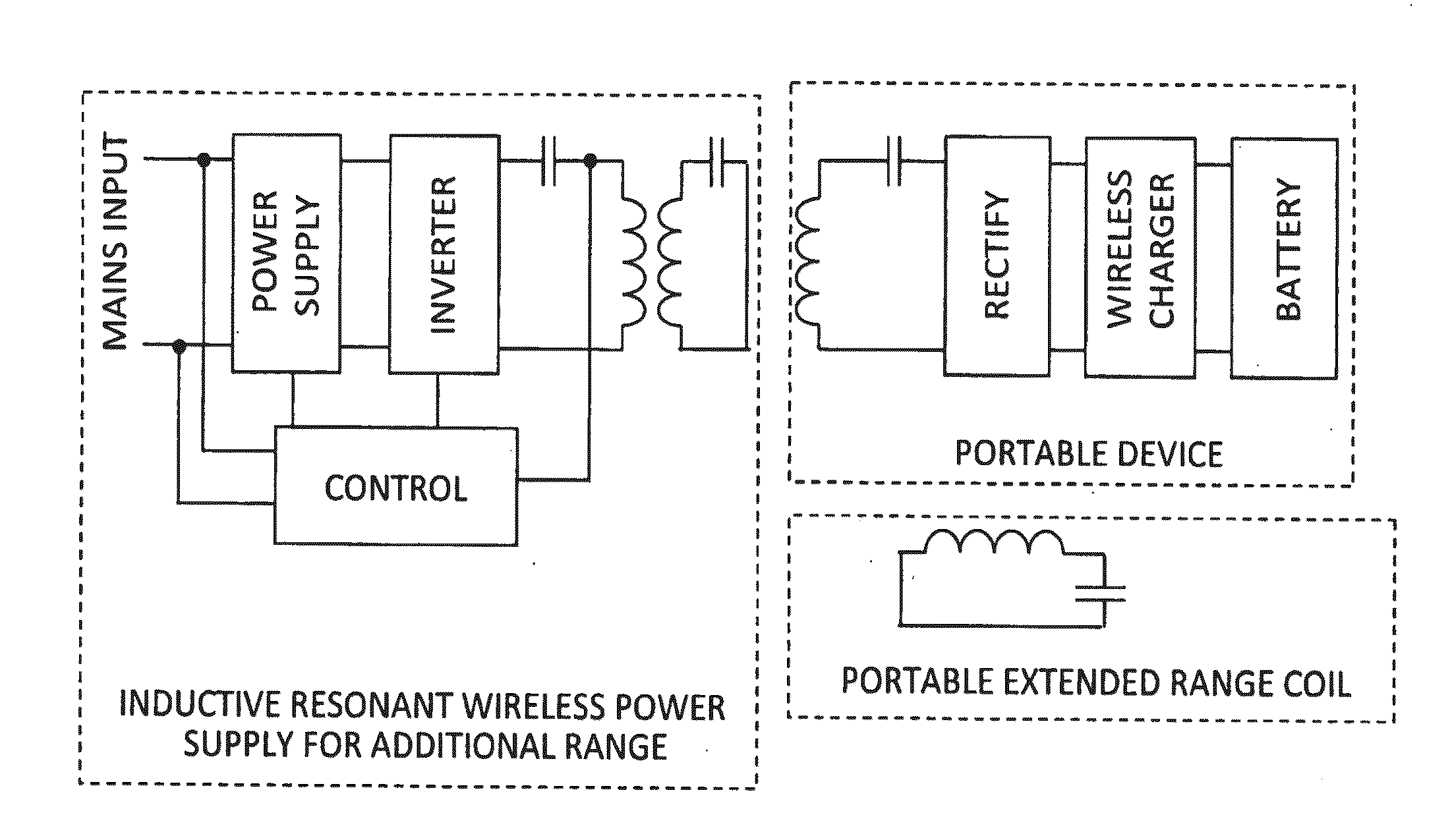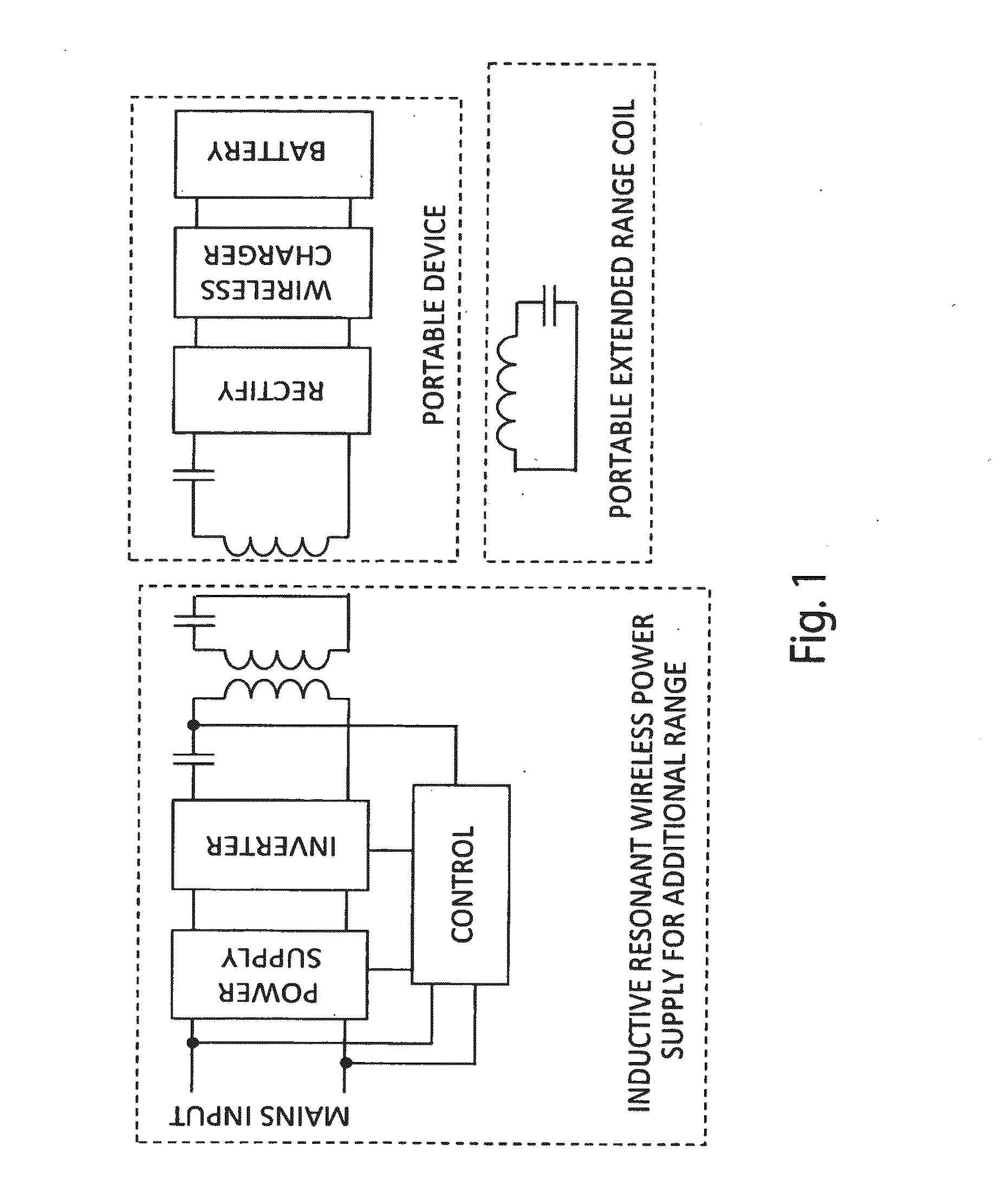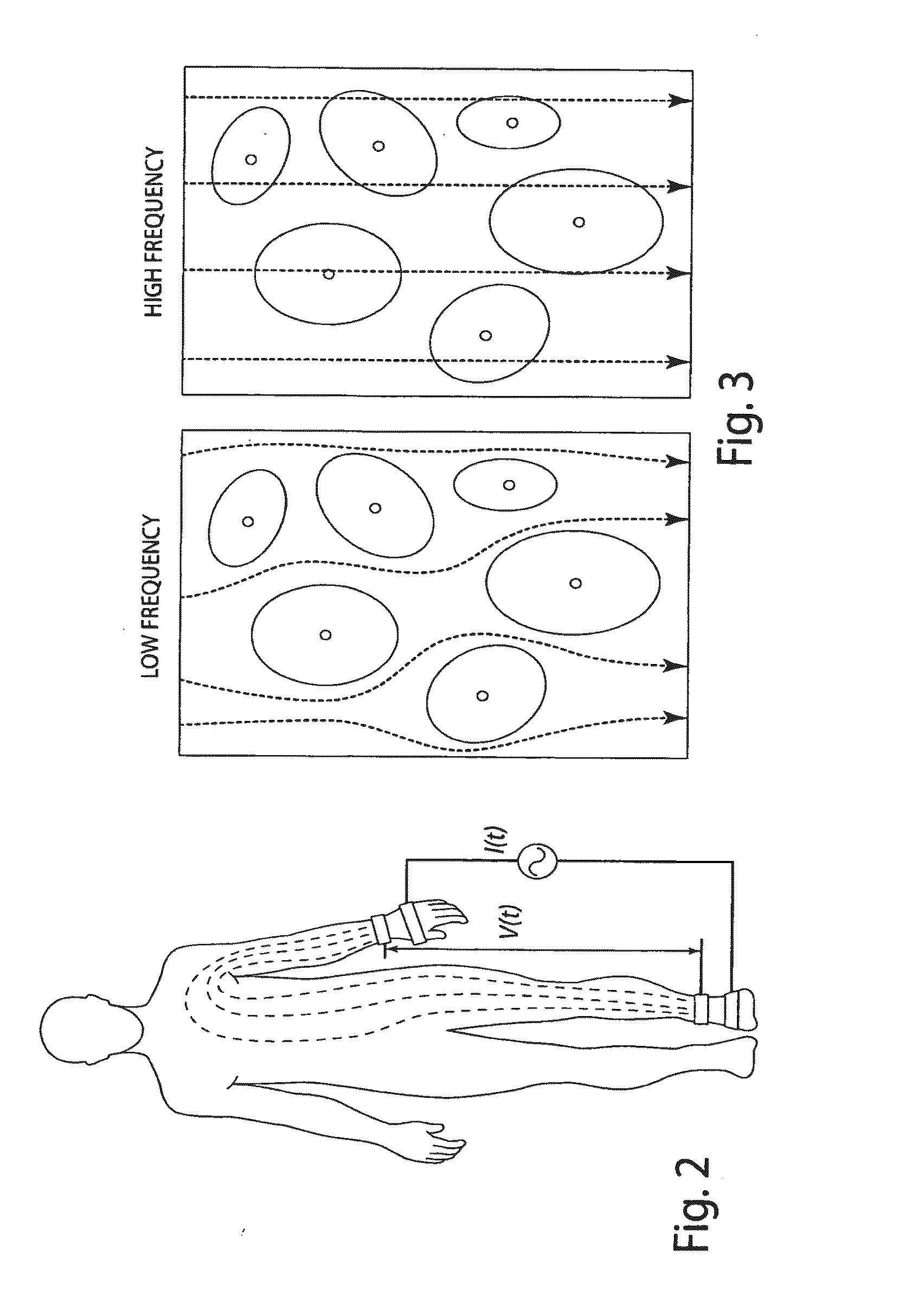Behavior tracking and modification system
a technology of behavior tracking and modification system, applied in the field of automatic systems and methods for understanding and assisting human behavior, can solve the problems of more complex devices that combine sensors with other types of system components, and achieve the effect of enhancing or modifying behavior and enhancing the capability of the system
- Summary
- Abstract
- Description
- Claims
- Application Information
AI Technical Summary
Benefits of technology
Problems solved by technology
Method used
Image
Examples
Embodiment Construction
I. Overview
[0113]A behavior modification system in accordance with one embodiment of the present invention is configured to assist a user in improving health and well-being, as well as other objectives that may be set by the user. In one embodiment, the system collects a variety of data and provides a user with feedback based on the collected data. Feedback may include simple feedback, such as reports on the tracked data, and it may include more complicated feedback, such as guidance or assistance in improving health and well-being based on determinations made from analysis of the collected data. In use, the system may collect a wide variety of data, including user data (e.g. biometric data, physiological data, physical activity), environmental data (e.g. temperature, location, sunlight, barometric pressure, elevation, noise level) and other data that might represent behavior, impact behavior or otherwise be relevant to one or more of the objectives of the system. The types of data ...
PUM
 Login to View More
Login to View More Abstract
Description
Claims
Application Information
 Login to View More
Login to View More - R&D
- Intellectual Property
- Life Sciences
- Materials
- Tech Scout
- Unparalleled Data Quality
- Higher Quality Content
- 60% Fewer Hallucinations
Browse by: Latest US Patents, China's latest patents, Technical Efficacy Thesaurus, Application Domain, Technology Topic, Popular Technical Reports.
© 2025 PatSnap. All rights reserved.Legal|Privacy policy|Modern Slavery Act Transparency Statement|Sitemap|About US| Contact US: help@patsnap.com



